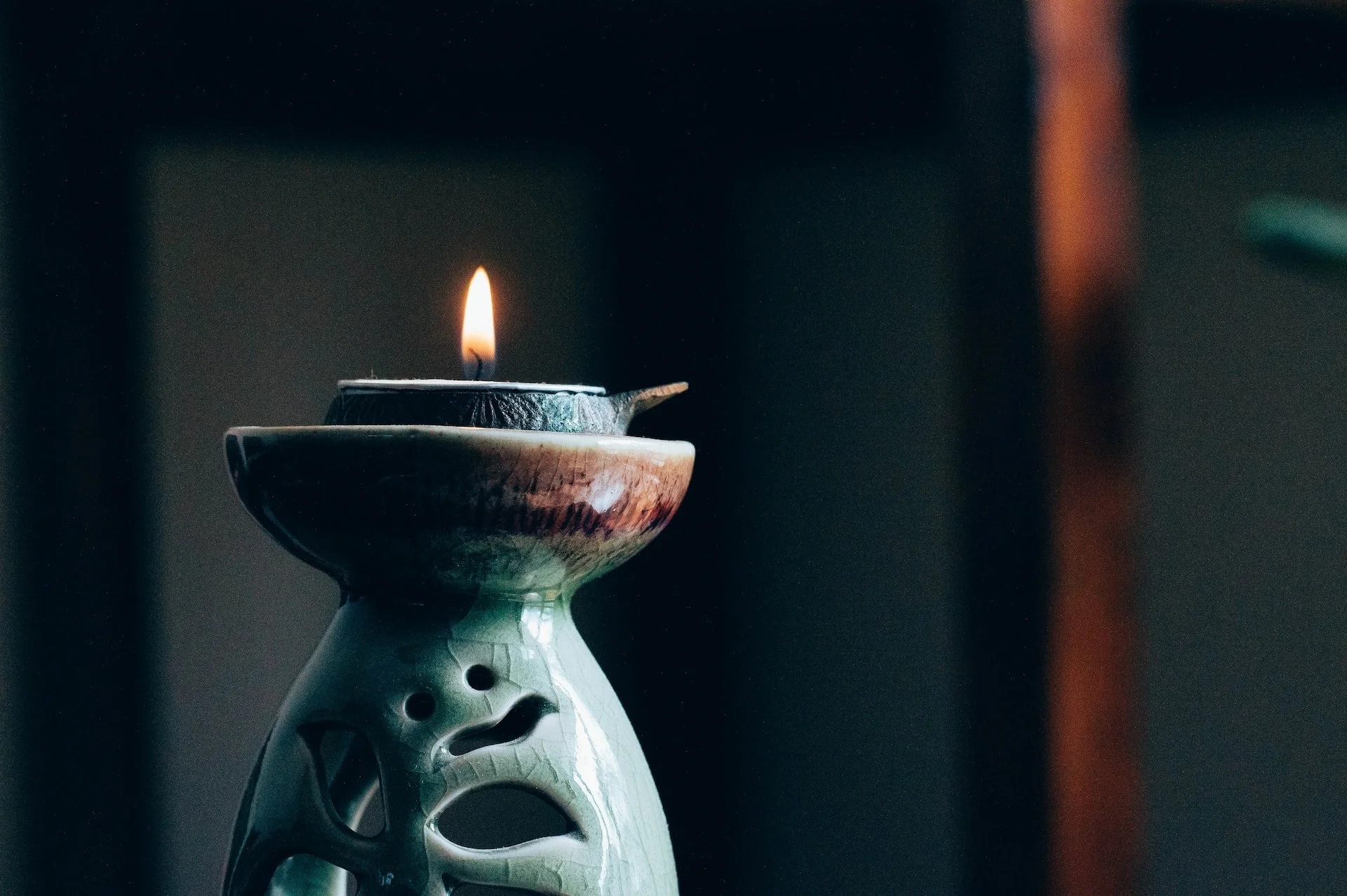Christianity and Interreligion in South & Southeast Asia
Interfaith Network is Responding to Religious Violence
Art’s Role in the Interfaith Movement
Courage in the Face of Fear
Collective Impact and Islamophobia
Transforming the Religious Impulse Gone Bad
Finding Light in the Midst of “Devil-worshippers”
As we’ve watched horrific reports of the “Islamic State” terrorist organization this year, most Americans have heard about a religious/ethnic group called the Yezidis1 for the first time. However, the stories of Yezidi refugee families being displaced and attacked by ISIS fighters leave out an important fact: across the Near East, Yezidis are known as “Devil-worshippers.” Perhaps editors assumed this would be too difficult to explain to American audiences.
The Challenge of ISIS in America: Perspectives of Interfaith Leaders and Peacebuilders
A complex history of religious, political, and ethnically based conflict has now thrust the world into a wrenching conversation around the significance of a terrorist organization calling itself the Islamic State (known by other acronyms such as ISIL or ISIS or simply IS). Here in the U.S., this conversation has broadened to a more volatile discussion around religion, secularization, Islam and human rights.
Religious Freedom on the Brink
A shorter version of this article was originally published October 12, 2012 by the Huffington Post. Mr. Speckhardt has added several paragraphs at the end, updating his analysis. A library of stories dramatizing his thesis have been written since; his basic focus on the “need to ensure that a person’s freedom of thought and speech is paramount” continues to ground the whole issue of religious freedom. Ed.
Stop Violence in the Name of Religion
The following statement is signed by distinguished leaders from a variety of religious traditions. It was published July 24, 2014 and made available by Al-Monitor.
Global Religion – A Perfect Storm, by the Numbers
Religiously related beheadings broadcast this summer over the internet snapped the world to attention, initiating a dark new chapter in global religious relationships. We might call this a tragic aberration if the madness were confined to Iraq/Syria, or if religious freedom was not diminishing globally even as religiously related conflict is accelerating. But this new level of violence could push us to a tipping point. Humankind’s best hope may be the willingness of peacemakers, religious and secular, to join hands strategically to end absolutist violence, wherever it’s found.






